

Is It Worth Getting Surgery For Scoliosis? [Options Explained]
Patients on the traditional method of scoliosis treatment often find themselves funneled to scoliosis surgery, which can impact the function of the spine long term.


Types of Scoliosis Surgery [Everything You Need To Know]
There are different types of scoliosis surgery, and all of them revolve around spinal fusion of some sort and their goal is to stop scoliosis progression.


Scoliosis Surgery Questions: 11 Questions To Ask Your Doctor
Not all cases of scoliosis require surgery. However, asking the right questions about the best treatment approach to your doctor makes all the difference.


Scoliosis Surgery for Child: A Parent’s Guide With Answers
When it comes to treating scoliosis in children, parents need to be aware of the possible risks depending on the treatment option they chose for their child.
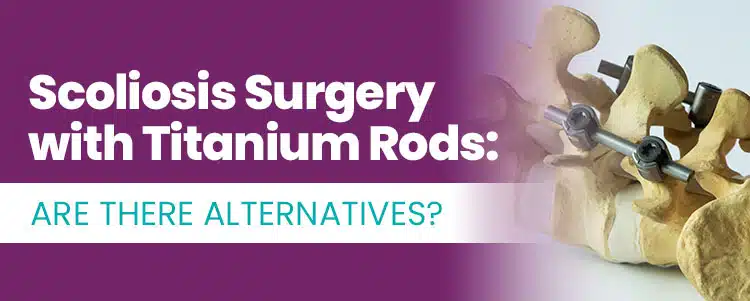

Scoliosis Surgery with Titanium Rods: Are There Alternatives?
Scoliosis surgery involves the use of titanium metal rods attached to the spine. However, there is an alternative, modern conservative scoliosis treatment.


Scoliosis Surgery Complications: Issues & Alternatives
Scoliosis treatment varies by age, type, and severity. Surgery is an option, but not always necessary.
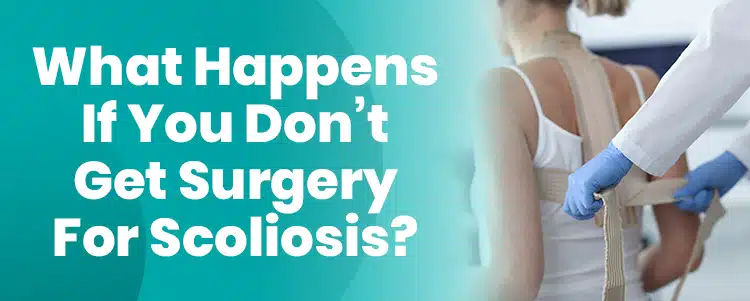

What Happens If You Don’t Get Surgery For Scoliosis?
Scoliosis treatment offers surgical and non-surgical options. Early detection and proactive care can avoid surgery risks.
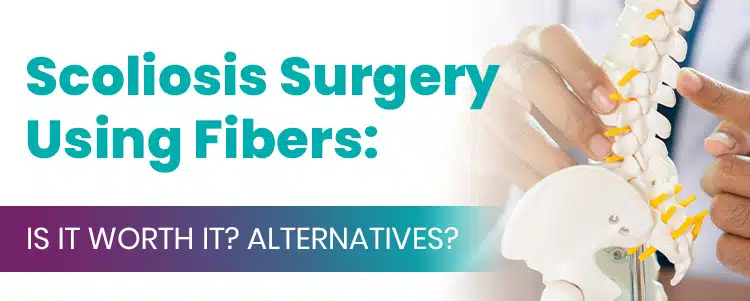

Scoliosis Surgery Using Fibers: Is It Worth It? Alternatives?
Scoliosis surgery carries risks, including increased back pain and reduced flexibility.
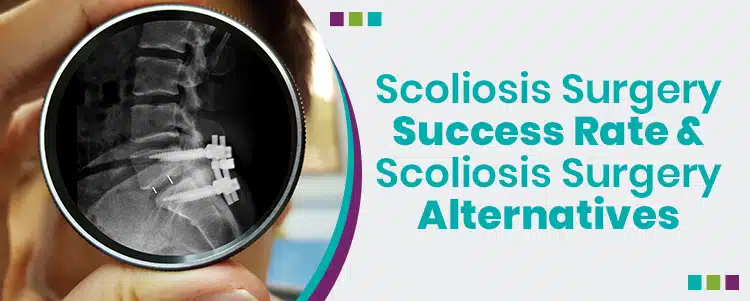

Scoliosis Surgery Success Rate & Scoliosis Surgery Alternatives
Scoliosis, a complex spinal condition, has varied treatment options with different outcomes.


Scoliosis Surgery: How Long Does It Take & Other Questions
Spinal fusion surgery commonly involves fusing the most-tilted vertebrae, at the curve’s apex, into one solid bone; a fused spine is fused for life.
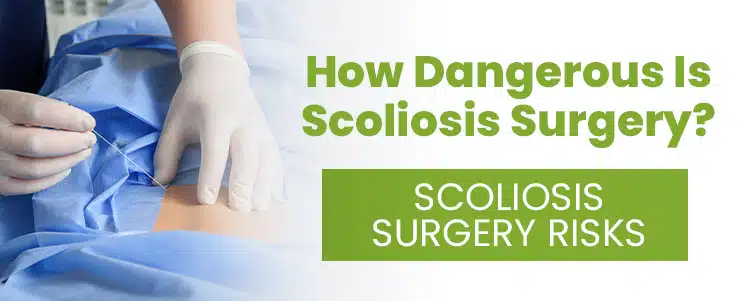

How Dangerous Is Scoliosis Surgery? Scoliosis Surgery Risks
While scoliosis surgery can prevent a condition from worsening, the way in which it’s achieved can impact a person’s spine in terms of its natural strength and function.
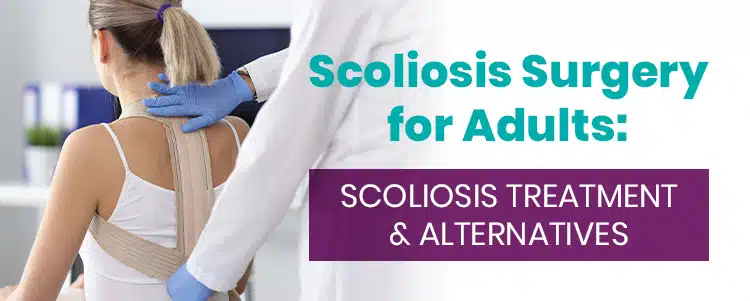

Scoliosis Surgery for Adults: Scoliosis Treatment & Alternatives
While spinal surgery can be successful at straightening a crooked spine, it can come at the cost of the spine's overall health and function.


Scoliosis Correction: Does Surgery Work? Does Anything Work?
Scoliosis is a structural problem with various unknown causes. There are many treatment approaches.


Scoliosis Surgery Recovery Timeframes & Surgery Alternatives
All surgeries involve a recovery time. For scoliosis surgery, the recovery aspect will be individual to each patient’s case, degree of progression, and location of their curve.
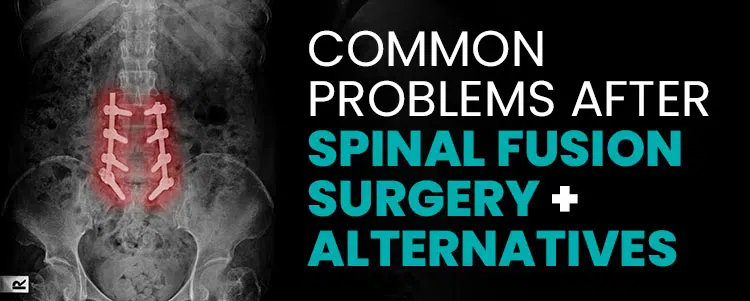

Common Problems After Spinal Fusion Surgery + Alternatives
Spinal surgery is an invasive procedure, and any form of surgery will have risks.
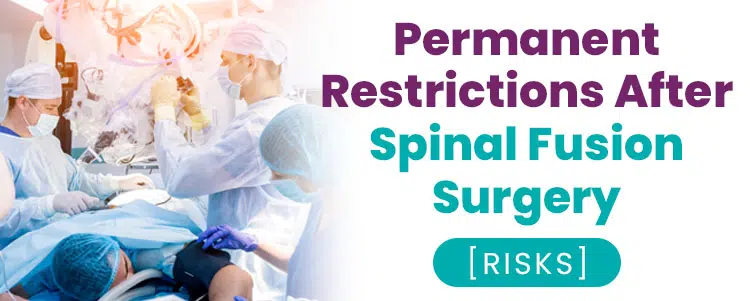

Permanent Restrictions After Spinal Fusion Surgery [RISKS]
Surgeries often come with risks. Spinal Fusion Surgery is one of those risky surgeries and often comes with restrictions to the patient’s range of motion and overall health.
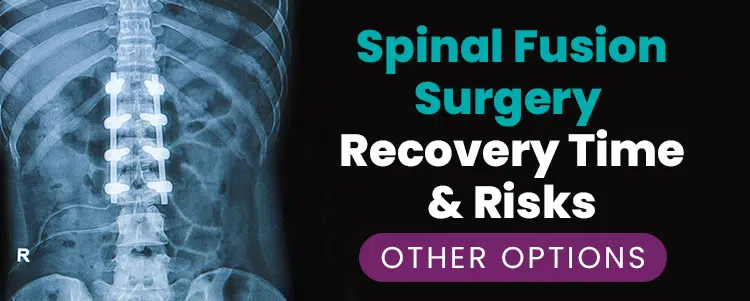

Spinal Fusion Surgery Recovery Time & Risks [OTHER OPTIONS]
Spinal Fusion as a treatment for scoliosis has many risks, it is invasive and has a lengthy recovery period.
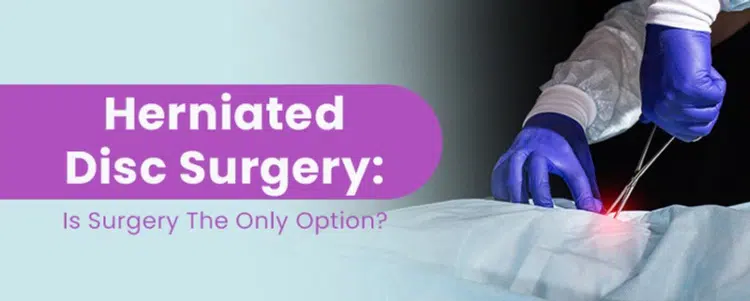

Herniated Disc Surgery: Is Surgery The Only Option?
There are several treatment options for herniated discs, but before considering surgery, patients should explore other less risky and more affordable options.
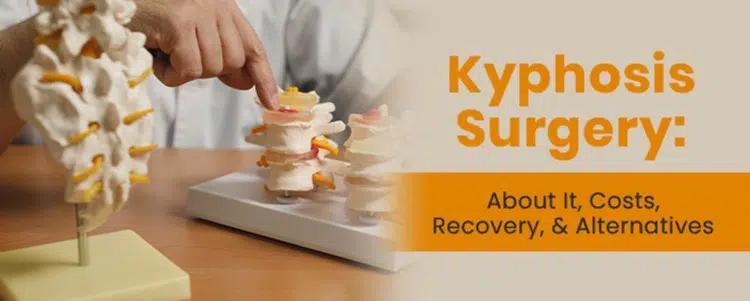

Kyphosis Surgery: About It, Costs, Recovery, & Alternatives
There are many non-surgical options available to treat kyphosis. Conservative custom-made chiropractic care will go a long way to improve kyphosis without invasive surgery.